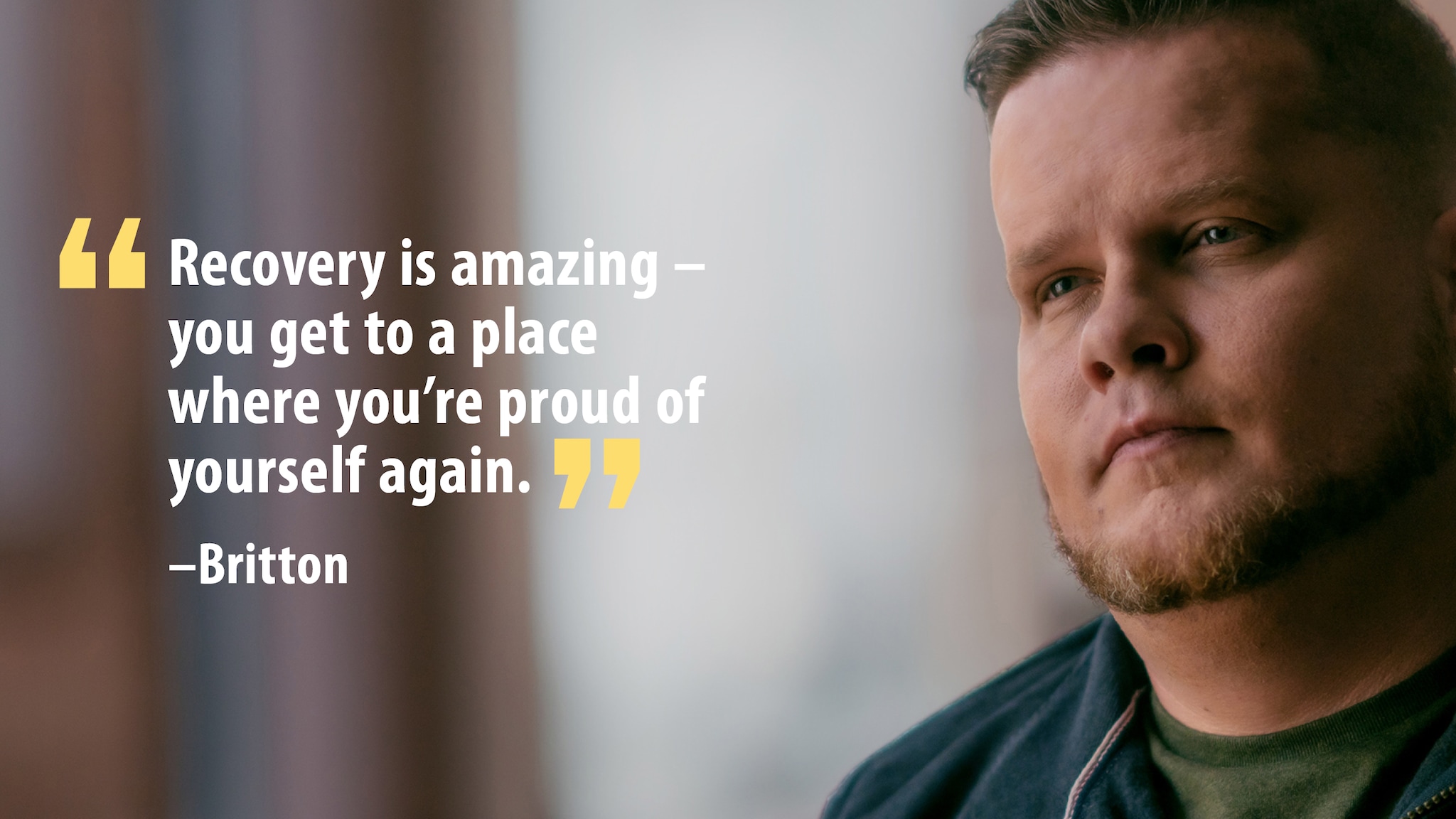At a glance
- Learn how to recognize the signs of opioid use disorder and about the many treatment options available to guide recovery.
- When people make a recovery plan that includes medication for opioid use disorder, their chances of success increase.
- Many people are able to make significant changes in their lives and maintain recovery by finding or creating supportive social networks and environments.

Prescription opioid use disorder
Opioid use disorder, or opioid addiction, is a medical condition that can affect any race, sex, income level, or social class. Some people begin taking prescription opioids to manage pain after a surgery or injury, and some people begin taking them to manage chronic pain. No matter what the circumstance is, prescription opioids can be addictive and dangerous, but recovery is possible.
Signs of opioid addiction
A major warning sign of addiction is if a person keeps using opioids even though taking them has caused problems before—like trouble keeping a job, relationship turmoil, or run-ins with law enforcement. Other signs can include:
- Trying to stop or cut down on drug use, but not being able to.
- Using drugs because of being angry or upset with other people.
- Taking one drug to get over the effects of another.
- Making mistakes at school or on the job because of using drugs.
- Drug use hurting relationships with family and friends.
- Being scared at the thought of running out of drugs.
- Stealing drugs or money to pay for drugs.
- Being arrested or hospitalized for drug use.
Everyone can play a role and take action to help end the opioid overdose epidemic in the United States.
- Reach out, if you think you or someone you know has a problem. Talk to family members, friends, or a health care professional.
- Be supportive (not judgmental) if a loved one has a problem. Recognize that a substance use disorder is a medical condition, not a moral failing.
- Show support towards people in recovery. Acknowledge and celebrate their achievements. Encourage them to maintain their recovery program and supports.
Medications for opioid use disorder
Treatment can help people get their lives back before it's too late. No single treatment method is right for everyone, but research shows that medications for opioid use disorder are especially effective in helping people recover. Counseling and psychosocial support may also provide additional benefit for some patients.
When people make a recovery plan that includes medication for opioid use disorder, their chances of success increase. These medications can be effective for treatment of addiction to prescription opioids, such as oxycodone, hydrocodone, morphine, and codeine. Medications used in the treatment of opioid use disorder can help normalize brain chemistry, relieve cravings, and in some cases prevent withdrawal symptoms, thereby supporting a person's recovery.
Medications for substance use disorder include:
- Buprenorphine
- Available as dissolving tablet, cheek film, or weekly or monthly injections.
- Can be prescribed by a healthcare practitioner for use outside of a clinic.
- Available as dissolving tablet, cheek film, or weekly or monthly injections.
- Methadone
- Available as daily liquid.
- Can only be used for opioid use disorder in a certified opioid treatment program setting.
- Available as daily liquid.
- Naltrexone
- Can be prescribed by any healthcare practitioner who can legally prescribe medication.
- Only used for people who have not used opioids for at least 7–10 days.
- Can be prescribed by any healthcare practitioner who can legally prescribe medication.
Treatment and recovery resources are available
Many people are able to make significant changes in their lives and maintain remission by finding or creating social networks and environments supportive of recovery efforts. Seek out recovery supports, including mutual aid groups, recovery coaches, and peer recovery services. They can be an important part of each person's recovery journey.
Find treatment providers near you
- Behavioral Health Treatment Services Locator
- Mental Health and Addiction Insurance Help
- Find a Health Center
- Locator for Buprenorphine Providers
- Opioid Treatment Program Directory
